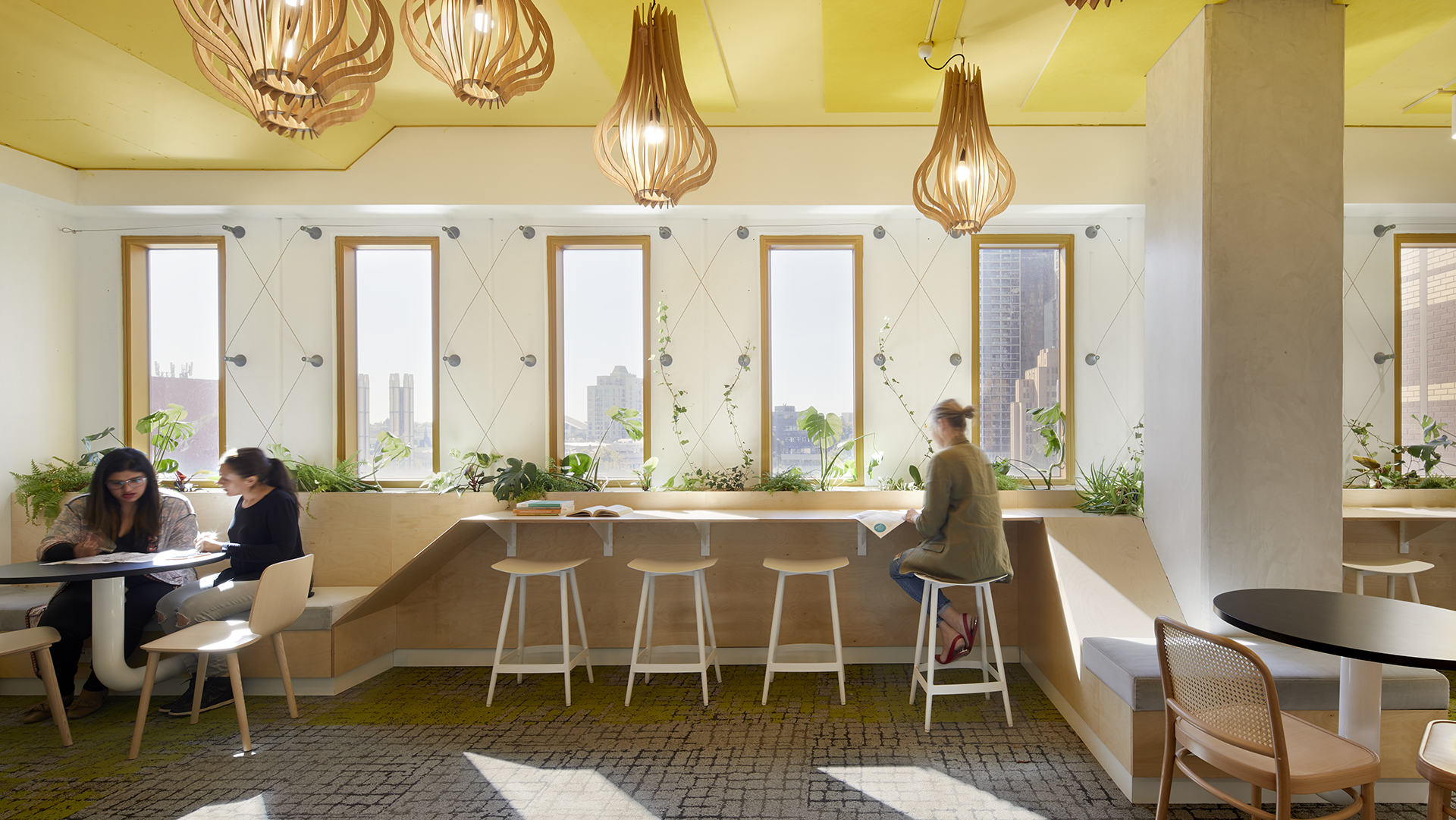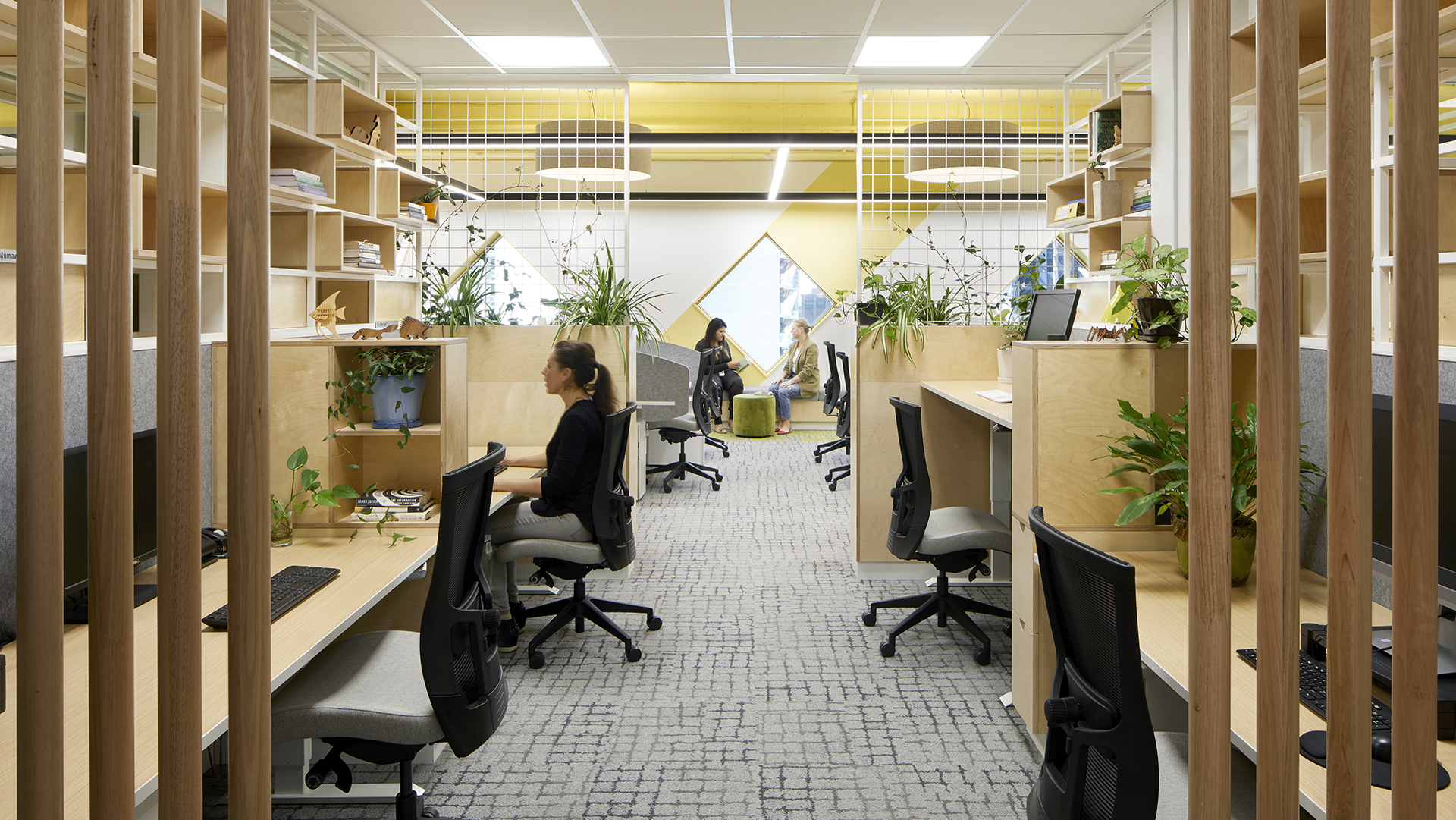23—02—2021
Specifying Ply for Joinery: Here's What You Need to Know
There’s no doubt that when you’re designing an interior space, whether it’s for a home, workplace or community facility, joinery plays a big part in the overall look and feel of the space.
Joinery products cover a wide range of applications including architraves, window frames, cabinetry, shelves, skirtings and doors. Timber is an ideal choice for joinery of all descriptions, as it is attractive, durable and provides warmth and cohesion to the space.
Plywood is often selected for joinery in architecturally designed interiors as there is plenty of scope for creativity – from bold, modern colours and lines, to classical curves and a natural finish.
In this article we discuss the possibilities, potential and limitations of plywood joinery, and share some examples of how it has been used in a range of designs to great effect.
Which ply is best for joinery?
Ply is an excellent choice for joinery applications, but it is important to specify a product made from birch, rather than an alternative timber source such as pine. The quality, strength and finish of birch make it the most suitable ply for every project.
There are plenty of options for birch plywood products within our range including Maxi Panel, Maxi Film and Maxi Veneer. All of these offer different benefits and can be crafted into a fabulous array of joinery features, as seen in our completed projects.
Tips on using ply for joinery in the home and in public spaces
Our ply products are regularly used for the joinery in residential homes, in particular, in the kitchen, living zone and bathroom. They are also ideal for joinery in a wide variety of commercial and public spaces.
When ply is to be used in areas where moisture exists (such as bathrooms and kitchens), it must be specified during the design stage, so we can add an extra coat of UV exterior. This acts against any moisture getting into the board, as well as fighting off mould and fungus. It is also imperative that all edges are sealed for durability and protection, to keep your joinery looking better and lasting longer.
Plywood joinery possibilities and potentials
A great feature of plywood joinery is the ability to create panels and pieces that are made to your exact specifications. Our manufacturing facility features cutting edge equipment and our team have extensive experience which allows us to create some truly breathtaking pieces.
Good to know: Warranty
It’s important to note (before you cut!) that Maxiply does not warrant any panels that are cut for joinery applications. As mentioned above, we also strongly recommend that all edges are sealed, as this will prevent moisture from entering the board and causing it to bow or warp.
In addition, we don’t recommend plywood is used for cupboard doors. There are few reasons for this, and you can find out about these in more detail, in our blog article ‘Everything You Need to Know About Ply for Doors’.
Stunning plywood joinery design examples
Our completed projects showcase real-life examples of how plywood can take joinery to the next level. Click on the names below to check out some of our favourites!
Residential:
- Exploding Shed House, Perth
- Hargraves St, Castlemaine
- Princes Hill House, Melbourne
- Victor St, Melbourne
Public spaces:
- Diamond Valley College Library, Diamond Creek
- RMIT School of Global Urban and Social Studies, Melbourne
If you have a question about the suitability of ply for your next project, or would like to know more about any of our products, please get in touch. Our team is always happy to help!


23—02—2021
There’s no doubt that when you’re designing an interior space, whether it’s for a home, workplace or community facility, joinery plays a big part in the overall look and feel of the space.
Joinery products cover a wide range of applications including architraves, window frames, cabinetry, shelves, skirtings and doors. Timber is an ideal choice for joinery of all descriptions, as it is attractive, durable and provides warmth and cohesion to the space.
Plywood is often selected for joinery in architecturally designed interiors as there is plenty of scope for creativity – from bold, modern colours and lines, to classical curves and a natural finish.
In this article we discuss the possibilities, potential and limitations of plywood joinery, and share some examples of how it has been used in a range of designs to great effect.
Which ply is best for joinery?
Ply is an excellent choice for joinery applications, but it is important to specify a product made from birch, rather than an alternative timber source such as pine. The quality, strength and finish of birch make it the most suitable ply for every project.
There are plenty of options for birch plywood products within our range including Maxi Panel, Maxi Film and Maxi Veneer. All of these offer different benefits and can be crafted into a fabulous array of joinery features, as seen in our completed projects.
Tips on using ply for joinery in the home and in public spaces
Our ply products are regularly used for the joinery in residential homes, in particular, in the kitchen, living zone and bathroom. They are also ideal for joinery in a wide variety of commercial and public spaces.
When ply is to be used in areas where moisture exists (such as bathrooms and kitchens), it must be specified during the design stage, so we can add an extra coat of UV exterior. This acts against any moisture getting into the board, as well as fighting off mould and fungus. It is also imperative that all edges are sealed for durability and protection, to keep your joinery looking better and lasting longer.
Plywood joinery possibilities and potentials
A great feature of plywood joinery is the ability to create panels and pieces that are made to your exact specifications. Our manufacturing facility features cutting edge equipment and our team have extensive experience which allows us to create some truly breathtaking pieces.
Good to know: Warranty
It’s important to note (before you cut!) that Maxiply does not warrant any panels that are cut for joinery applications. As mentioned above, we also strongly recommend that all edges are sealed, as this will prevent moisture from entering the board and causing it to bow or warp.
In addition, we don’t recommend plywood is used for cupboard doors. There are few reasons for this, and you can find out about these in more detail, in our blog article ‘Everything You Need to Know About Ply for Doors’.
Stunning plywood joinery design examples
Our completed projects showcase real-life examples of how plywood can take joinery to the next level. Click on the names below to check out some of our favourites!
Residential:
- Exploding Shed House, Perth
- Hargraves St, Castlemaine
- Princes Hill House, Melbourne
- Victor St, Melbourne
Public spaces:
- Diamond Valley College Library, Diamond Creek
- RMIT School of Global Urban and Social Studies, Melbourne
If you have a question about the suitability of ply for your next project, or would like to know more about any of our products, please get in touch. Our team is always happy to help!






